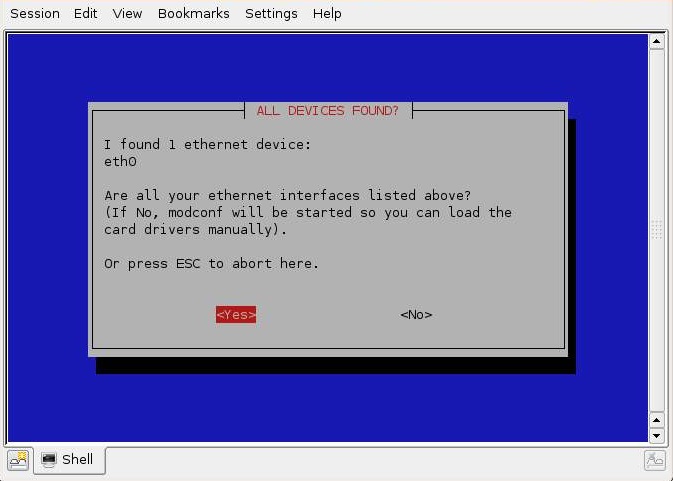Connecting an Ubuntu 10.x System to a DSL Modem
| Previous | Table of Contents | Next |
| Configuring Ubuntu 10.x Printers | Ubuntu 10.x Firewall Basics |
This chapter covers the configuration of Ubuntu to connect to the internet via a broadband DSL modem. Before proceeding with this chapter, it is important to understand the dangers of connecting a system directly to a DSL modem. Once the connection is established the Ubuntu system will be directly visible to anyone on the internet. It is important to ensure that you have a firewall installed and running on the system to protect it from outside attack. The Firestarter firewall provides an easy to use and flexible firewall configuration environment. Before reading this chapter we recommend first reading Using Firestarter to Configure an Ubuntu 10.x Firewall.
Making the Connections
Before configuring Ubuntu to connect to your DSL provider the first step is to make the physical connections. First connect the DSL modem to the phone outlet. Be sure to install DSL filters on any outlets to which phones or fax machines are attached. Finally connect the DSL modem to the network adapter of your PC using the network cable supplied with your modem.
Configuring Ubuntu to Connect to a DSL modem
Ubuntu provides a useful tool called pppoeconf to configure a DSL connection. DSL connections are established using a protocol called Point-to-Point Over Ethernet, hence the pppoeconf name. If you have a recent release of Ubuntu pppoeconf may already be installed. To run this utility, open a terminal window (select Terminal from the Accessories sub-menu of the Applications desktop menu). At the command prompt in the terminal enter the following command:
sudo pppoeconf
If pppoeconf cannot be found install it using the following command:
sudo apt-get install pppoeconf
Once installed execute sudo ppoeconf command again to view the initial screen:
Press Enter top begin the process. pppoeconf will scan your network devices until it finds a modem and then prompt you to enter the information provided to you by your DSL provider. Enter this information and exit pppoeconf.
Establishing a DSL Connection
Once configured, the DSL connection is established using the pon utility. To establish the connection, execute the following command from a terminal window:
sudo pon dsl-provider
You are now connected to the DSL connection.
Disconnecting from a DSL Connection
The poff utility is used to close the connection to a DSL provider. To break the connection run the following command:
sudo poff
| Previous | Table of Contents | Next |
| Configuring Ubuntu 10.x Printers | Ubuntu 10.x Firewall Basics |






